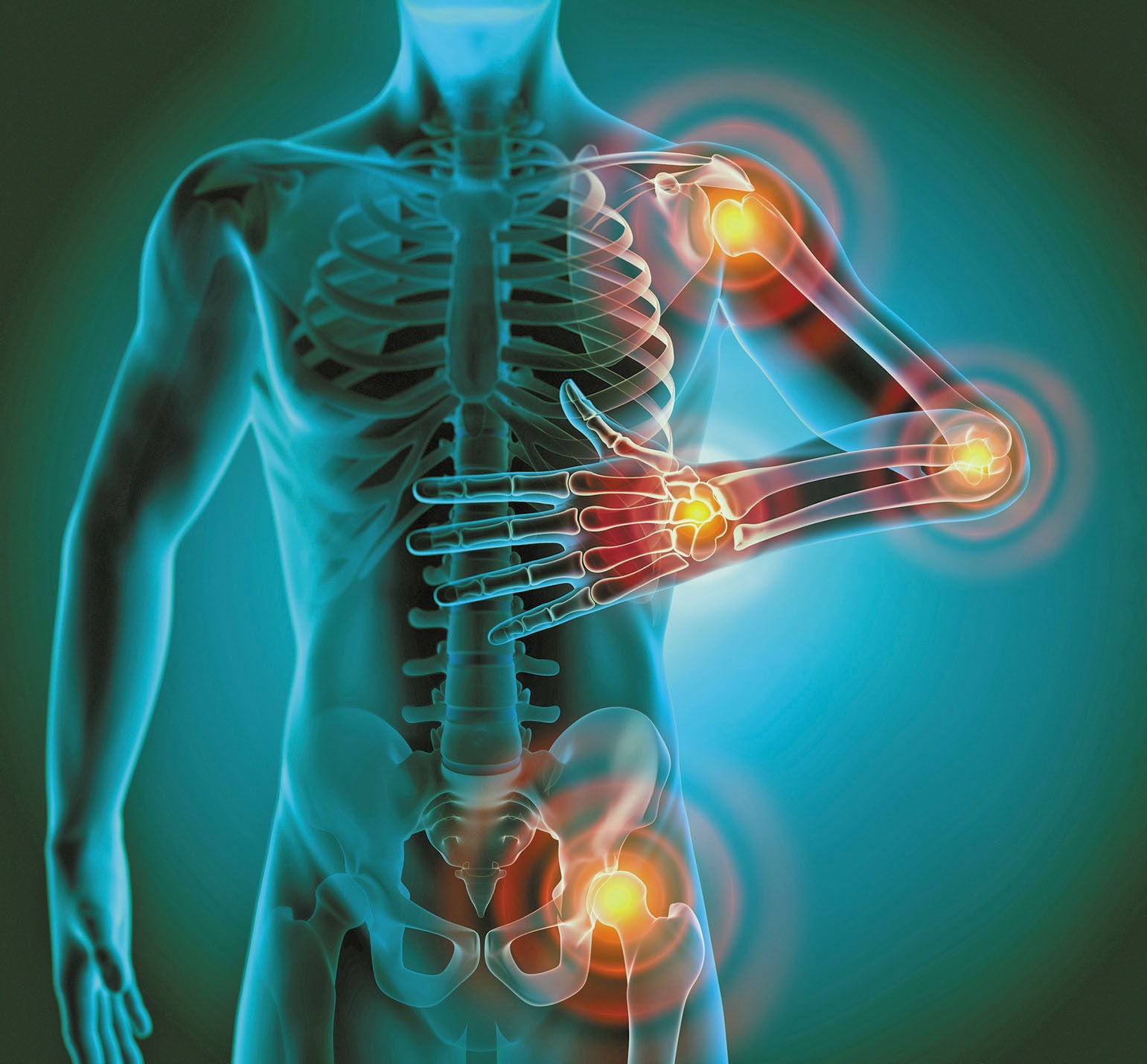Hyperbaric Oxygen Therapy and Inflammatory Markers
Hyperbaric Oxygen Therapy and Inflammatory Markers:
How HBOT Affects CRP, ESR, IL-1, IL-6, and TGF-B
Inflammation is the body’s natural response to injury, infection, or stress, but when inflammation becomes chronic, it can lead to various health problems, from autoimmune conditions to cardiovascular disease. Measuring certain inflammatory markers can help assess the body’s level of inflammation and guide treatment strategies. At RX-O2 Hyperbaric Clinics, we utilize Hyperbaric Oxygen Therapy (HBOT) to modulate inflammation and reduce these markers, promoting overall health and recovery.
Understanding Inflammatory Markers
Inflammatory markers are proteins and other substances that the body produces in response to inflammation. They can be detected through blood tests and are often used to monitor chronic inflammatory conditions or gauge the body’s response to infection or injury. Some of the key markers include:
These markers are commonly elevated in chronic inflammatory conditions and can indicate how well a person is responding to treatment.
How Hyperbaric Oxygen Therapy Impacts Inflammatory Markers
Hyperbaric Oxygen Therapy involves breathing 100% oxygen in a pressurized environment, which increases oxygen delivery to tissues and enhances the body’s natural healing processes. One of the key benefits of HBOT is its ability to modulate inflammation by influencing these inflammatory markers.
CRP (C-Reactive Protein)
C-Reactive Protein is one of the most widely measured markers of inflammation, particularly in cardiovascular health. Elevated CRP levels indicate systemic inflammation, which is associated with a higher risk of chronic diseases.
ESR (Erythrocyte Sedimentation Rate)
A high ESR often indicates ongoing inflammation or infection. While it’s a less specific marker than CRP, it’s commonly used to monitor the severity of inflammatory conditions.
IL-1 (Interleukin-1)
IL-1 is a potent pro-inflammatory cytokine involved in the body’s immune response to injury and infection. While it’s essential for fighting off pathogens, chronic elevation of IL-1 is linked to autoimmune diseases and chronic inflammatory conditions.
IL-6 (Interleukin-6)
IL-6 is a cytokine that has both pro- and anti-inflammatory roles, but it’s primarily associated with the promotion of chronic inflammation. Elevated IL-6 levels are linked to conditions such as rheumatoid arthritis, cancer, and heart disease.
TGF-B (Transforming Growth Factor-Beta)
TGF-B plays a complex role in inflammation, with both pro- and anti-inflammatory effects. It is crucial in wound healing and tissue regeneration, but when dysregulated, TGF-B can lead to fibrosis and excessive scarring.
The Overall Anti-Inflammatory Effect of HBOT
The power of HBOT lies in its ability to deliver high levels of oxygen to tissues, reducing oxidative stress and promoting healing at the cellular level. By lowering the production of pro-inflammatory cytokines like IL-1 and IL-6, while also reducing markers like CRP and ESR, HBOT helps the body return to a balanced, less inflamed state.
Hyperbaric Oxygen Therapy: A Solution for Chronic Inflammation
At RX-O2 Hyperbaric Clinics, we offer Hyperbaric Oxygen Therapy as part of our comprehensive approach to managing inflammation. By targeting key inflammatory markers, HBOT can help patients with chronic conditions, autoimmune disorders, or those recovering from injury reduce inflammation and accelerate healing.
If you’re struggling with chronic inflammation or looking to enhance your recovery, contact us today to learn how HBOT can support your health and wellness.
Source: International Hyperbarics Association
Information on this website is provided for educational purposes only. It is not intended as a substitute for the diagnosis, treatment, and advice of a qualified licensed professional. This website offers general information and in no way should anyone consider that this website represents the practice of medicine. This website assumes no responsibility for how this information is used. Also note that this website frequently updates its contents, due to a variety of reasons. No statements or implied treatments on this website have been evaluated or approved by the FDA. It is important that you do not reduce, change, or discontinue any medication or treatment without first consulting your doctor. Please consult your doctor before beginning any new program of treatment.

